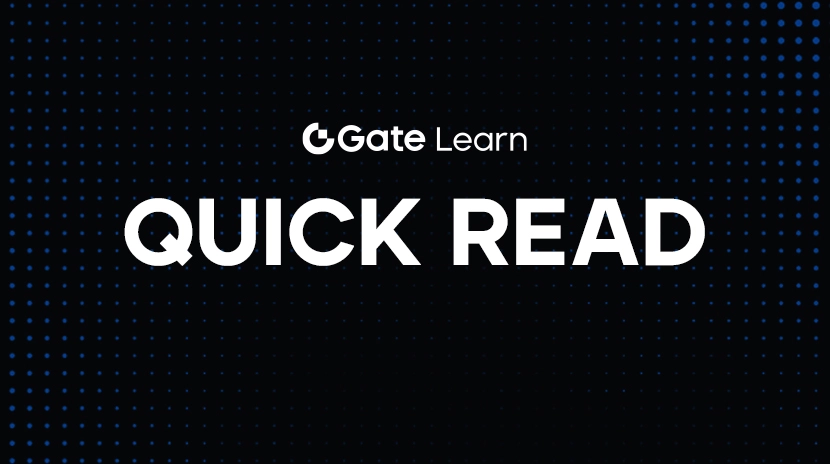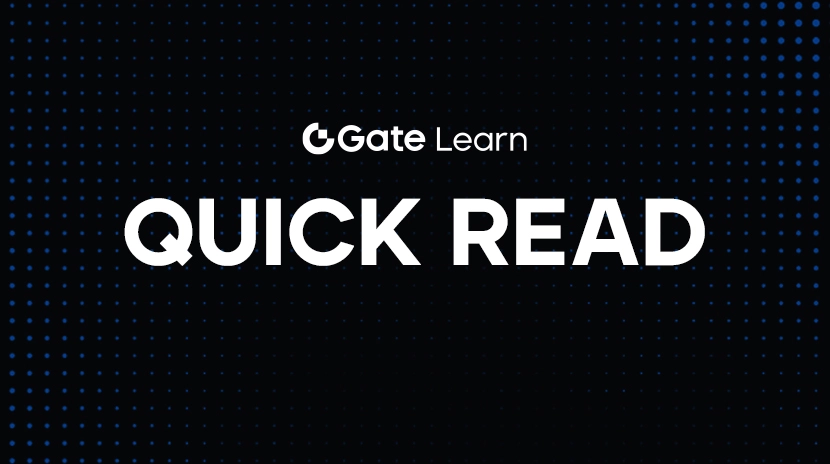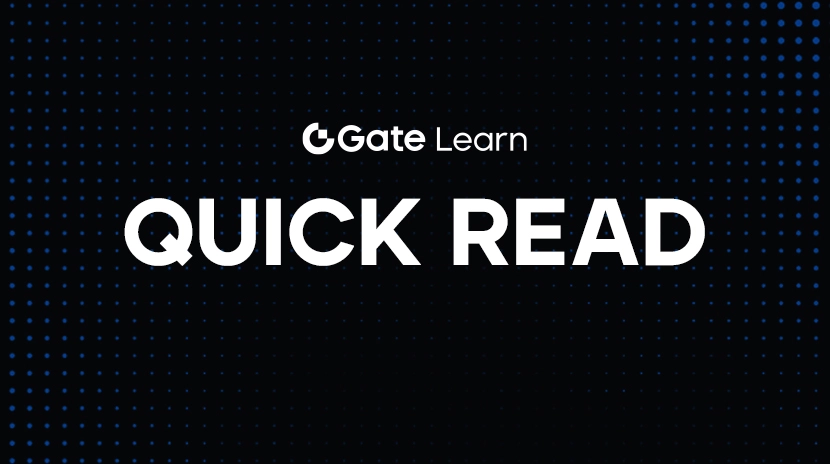What is Rally Protocol (RLY)?
What is Rally Protocol?

(Source:@rallyprotocol)
Rally Protocol is a Web3 toolkit designed for mobile devices, aiming to help developers seamlessly integrate on-chain functionality into native apps, create a truly frictionless user experience, and bridge the gap between the mobile world and the on-chain world through its native wallet and feeless transaction features.
The vision of Rally Protocol
The mission of Rally Protocol is very clear, which is to bring the power of blockchain to every corner of interactive applications. It is not about building a super app, but about enabling every interactive app to become an entry point for Web3. This vision is revolutionary for both developers and users.
For users, there is no longer need to download wallet apps, remember seed phrases, and learn how to sign. Just open the app and participate in on-chain interactions as naturally as using Instagram.
For developers, there is no longer a need to spend time deploying contracts, managing nodes, or even worrying about Gas fees. They can package on-chain functions as the underlying logic for any Web2 UI.
Core functionality of Rally Protocol
Native embedded wallet (Embedded Wallet)
One of the major highlights of the Rally Protocol is its native wallet functionality, allowing developers to directly create, store, and manage self-custodial wallets within the app. This wallet:
- Directly embedded on the user’s mobile phone, no additional app or plugin required.
- Support cloud backup, allowing users to easily restore their wallets.
- Supports mnemonic import and export functions, compatible with existing wallet standards.
- Utilize the device’s Secure Enclave technology for local-side encrypted storage, enhancing security.

(Source: blog.rallyprotocol)
For developers, this means that they can create embedded wallets with just one line of code, without relying on third-party services, truly achieving permissionless, open source, and free.
Gasless Transactions
To achieve a seamless experience on the mobile side, another key aspect is gas-free. The Rally Protocol provides a complete transaction infrastructure for handling signing, verification, and transfer of on-chain transactions. Developers do not need to set up nodes, operate bundlers, deploy contracts, or even worry about preparing gas for users. Supported scenarios include:
- User transfers tokens
- Claim NFT
- Deploy Contract
- Multi-platform support: not limited to mobile App, also supports backend, Web DApp or desktop applications

(Source: rallyprotocol.com)
Rally Protocol shoulders all the cumbersome and technical burdens on-chain, allowing users’ apps to focus on the best user experience.
Why choose Rally Protocol?
To achieve true device-side self-custody, unlike connecting to traditional wallets, Rally directly generates and stores the wallet on the user’s device, without the need for redirection, additional app installation, or the user needing to learn what a seed phrase is, just as simple as using TikTok. In addition, through cloud backup, users can synchronize wallet usage between different devices, solving the fragmented experience of using multiple devices.
Action-first design
Rally Protocol is designed for native apps, emphasizing a single application experience and pop-up free. This means:
- Users can directly complete on-chain interactions in the App.
- Will not pop up the browser, will not jump to the wallet.
- All experiences are as smooth as Web2.
It’s not just the evolution of Web3 infrastructure, but also a thorough subversion of user experience.
Developer Friendly
Web3 development has always been relatively high, but Rally has rewritten this reality:
- No need to register API Key.
- All features are open source and free.
- Just one line of code, and you can complete wallet generation and transaction signing.
Developers can focus on business logic and product innovation, Rally is responsible for on-chain integration.
Token Economics of Rally Protocol
In the operation mechanism of the Rally Protocol, RLY is the utility and governance token of the entire network, playing multiple roles such as incentives, governance, and transaction medium. Its maximum supply is 1.5 billion, which will be issued over eight years. Holders can participate in protocol governance, stake RLY in liquidity pools for rewards, and use it to exchange tokens related to creators, forming the backbone of the decentralized creator economy of Rally. The distribution model of RLY emphasizes long-term community-driven and decentralized governance, as follows:
Community Rewards (50%)
Allocated to active users and contributors, it is the most important incentive source for the entire ecosystem, reflecting Rally’s value proposition of “bottom-up”.Initial investors (15.3%)
Adopting a four-year linear unlocking, the first year is a lock-up period with no voting rights, used to support the early funding needs and ecological construction of the project.Team members (14.2%)
Similarly, it adopts a four-year vesting period, 12-month lock-up, and disables governance rights in the first year to ensure alignment with contributions and long-term commitment.Creators, brands, and community partners (6.4%)
Incentivize important creators and strategic alliance partners in the ecosystem to expand brand visibility and community engagement.Developer ecosystem and technical partners (5.0%)
Supporting developer communities, tools, and infrastructure construction is key to driving technological progress and modular ecosystem.Directors and future employees (3.3%)
Reserved for subsequent key talents and organizational governance roles to maintain the flexibility of the core team and governance capabilities.Treasury Department of the Protocol (3.3%)
As a treasury controlled by community governance, it can be used in the future for proposal funding, public goods construction, and emergency situation scheduling.Liquidity Mining Rewards (2.3%)
To encourage users to provide trading depth and participate in token market liquidity provision.Sidechain operation (1.0%)
Technical maintenance to support multi-chain expansion strategies and infrastructure operations.Counselor and Advisor (0.17%)
A small proportion is allocated to early advisors as recognition of their professional contributions.
The core use of RLY
- Platform growth incentives: $RLY is used to reward developers and users for their contributions, such as participation in activities, user growth, app deployment, etc.
- Community Governance: $RLY is also a governance token, and holders can participate in DAO governance, vote on proposals, such as product direction, fund allocation, open-source decisions, etc.
- Ecosystem support: Promote the birth and growth of new projects and protocols within the ecosystem through rewards, funding, liquidity injection, and other means.
This allocation model demonstrates Rally Protocol’s high regard for community participation and long-term sustainability, while internally ensuring continuous incentives for the development team and externally strengthening the network effect between users and creators. RLY token is not only the fuel for on-chain actions, but also the bridge for the accumulation and distribution of ecosystem value. With the gradual expansion of use cases, RLY will continue to play a key role in decentralized creator economies.
Start trading RLY spot now:https://www.gate.com/trade/RLY_USDT

Summary
Rally Protocol is not about replacing anyone, but about enabling everyone to easily become a participant in Web3. It allows developers to no longer suffer from on-chain infrastructure, and users to no longer be hindered by complex barriers. If the future of Web3 is ubiquitous on-chain interaction, then Rally is the gateway to the future at the app level.
Related Articles

Pi Coin Transaction Guide: How to Transfer to Gate.io

Flare Crypto Explained: What Is Flare Network and Why It Matters in 2025

How to Use a Crypto Whale Tracker: Top Tool Recommendation for 2025 to Follow Whale Moves

2025 BTC Price Prediction: BTC Trend Forecast Based on Technical and Macroeconomic Data

What is N2: An AI-Driven Layer 2 Solution
